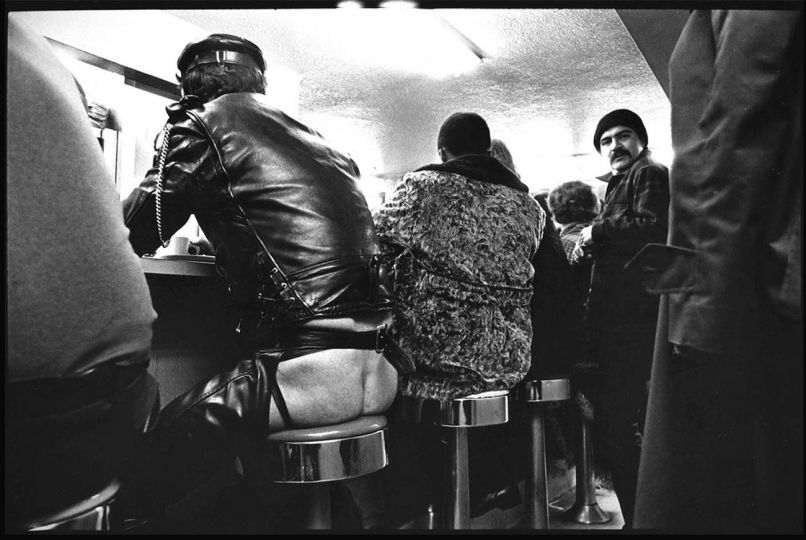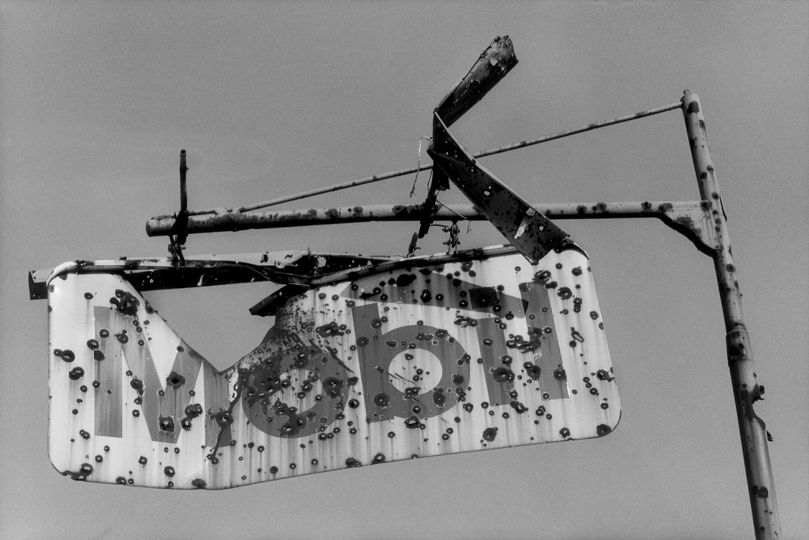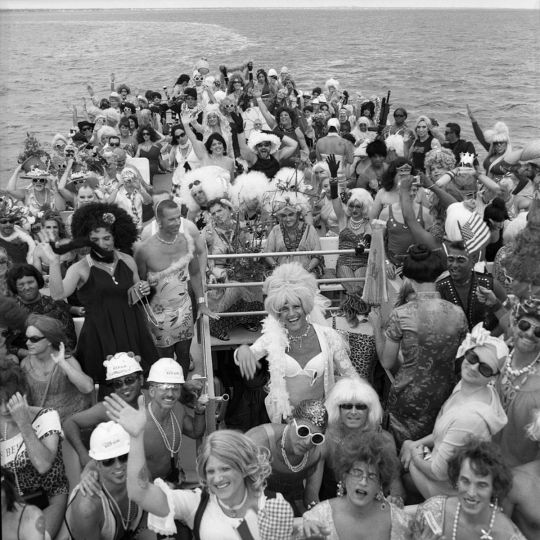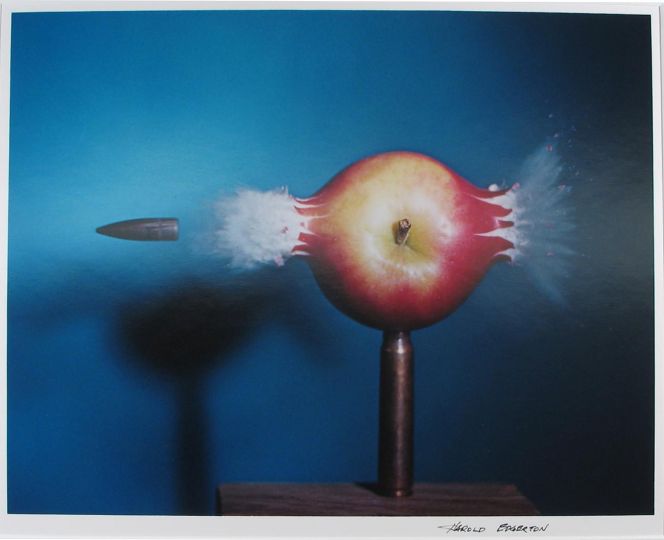Brazil is one of the world’s biggest producers of hydroelectric energy, alongside China, Canada and the United States. Big dam projects are necessary for the growing demand of a country in continuous economic growth. These enormous construction sites carry heavy environmental and social consequences, as the populations located around them are feared to risk flooding as a result of the construction of the dams. Among these programs, the Irapé Dam, on the Jequitinhonha river, involved the relocation of the inhabitants of 42 communities. For over six years (2002-2007) the trio of Brazilian photographers João Castilho, Pedro David and Pedro Motta have photographed this long process.
The group met in the 1990s at university and since then have had the desire to work together. In 2001, during a “discovery trip in the valley of Jequitinhonha” as Castilho explains, the photographers discovered the fate of the men and women of the region. They decided to tell their story through a long term project that will be featured in multiple supports.
The result of this work, the collective piece Underwater Landscape (Paisagem Sumbersa) shows the silence of the ruins and the abandon caused by the forced retreat of these communities. Far from being a documentary feature or a vindication for nostalgia, these images are tainted by a symbolic feeling stemming from the close relation of these populations with the fundamental elements of their everyday life, the disappearance of their homes, the affective memory of what was left behind and the promise of a new life somewhere else.
This photographic approach has a parallel in countries in a similar economic situation, such as in China. When Castilho, David and Motta were producing Underwater Landscape, the Chinese photographer Muge Rong Huang finished a photoreportage entitled Go Home (http://www.mugephoto.cn/GohomeI.htm), for which, during four years, he witnessed the impact of the construction of the Trois Gorges Dam on the lives of hundreds of millions of people around the city of Chongqing.
Underwater Landscape, is considered by the Brazilian curator Eder Chiodetto as one of the emblematic works in contemporary photographic production in Brazil. Castilho, David and Motta’s essay puts together the realism and fiction, integrating cinema and literary references to documentary photography. “The use of color, the scenes, the placement of objects… We have created all of that to avoid the instantaneity of photography and talk about the future, omens, and the use of metaphors. We wanted to stress the presence of the photographer on the scene” says João Castilho.
Underwater Landscape, was featured in an exhibition, a traveling installation, a book and a website. Dedicated to the “affected” population, the book was published in 2008 by Cosac Naify publishing. The exhibition, already shown in Brazil, Holland and Belgium will be featured this fall in the Fotosetiembre Festival in Mexico.
Sabrina Moura
















